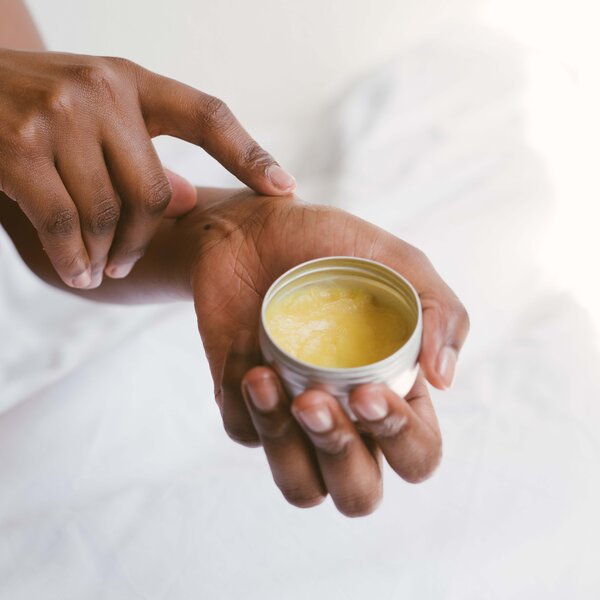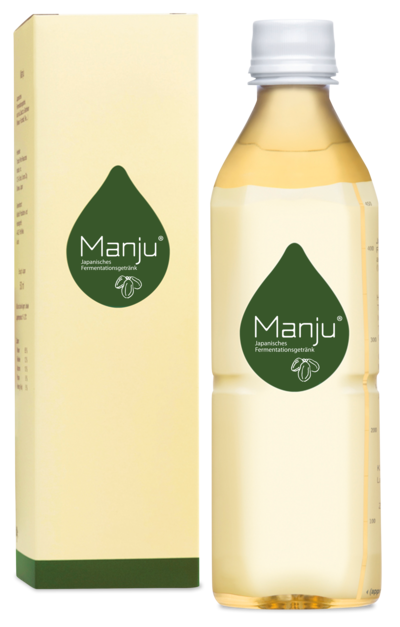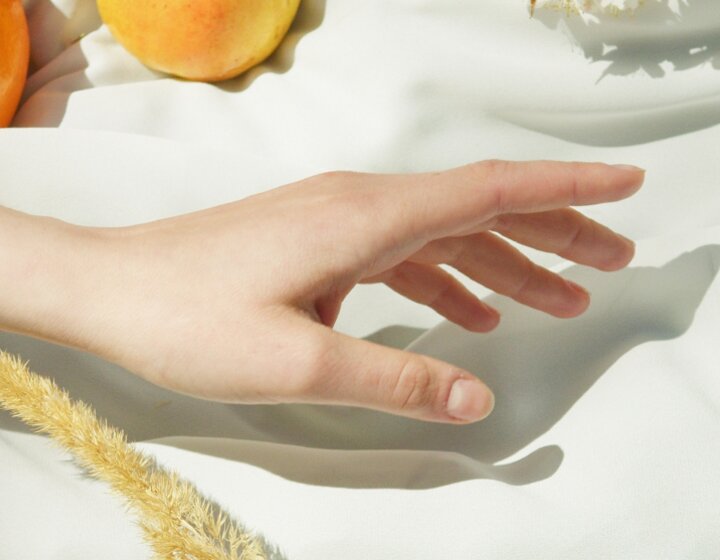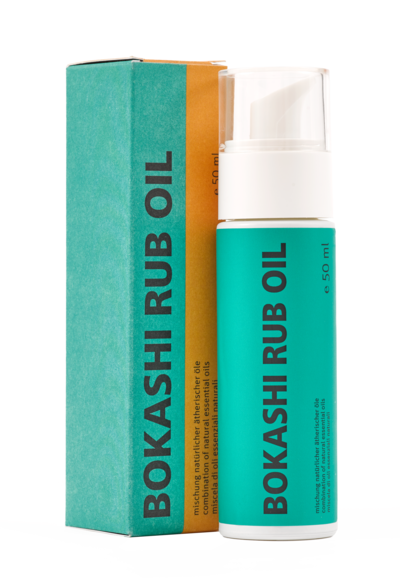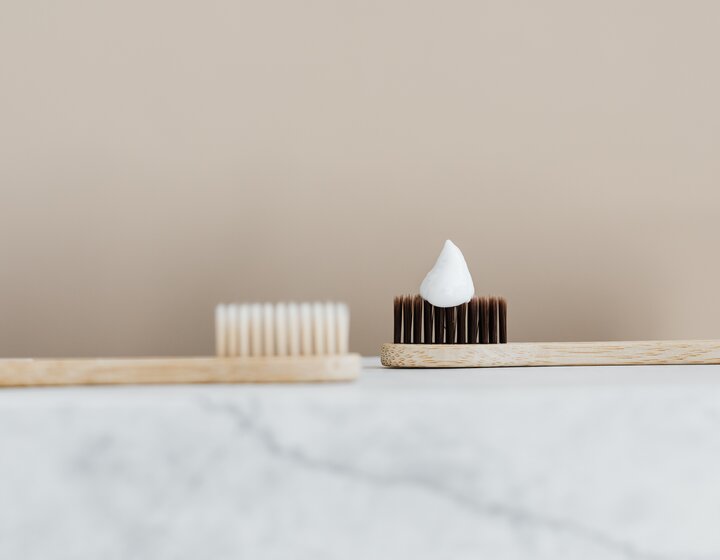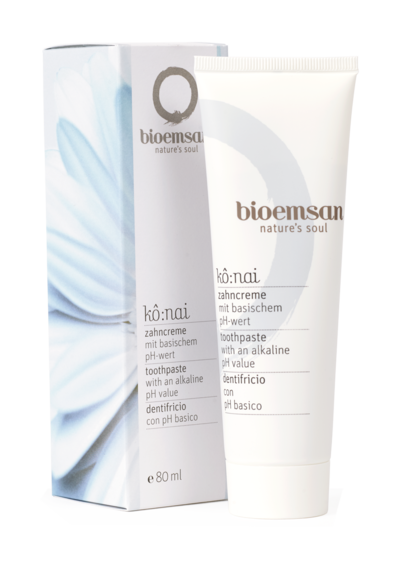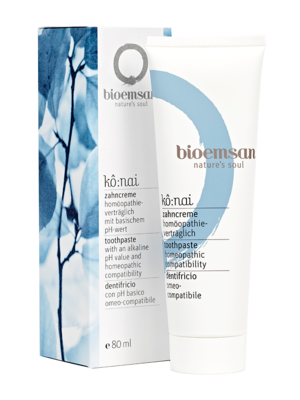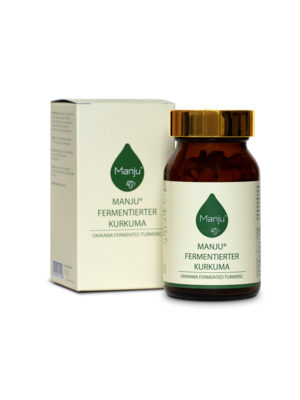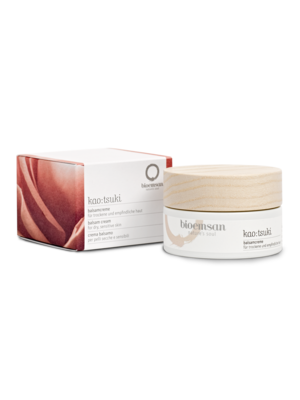Body and soul
Effective Microorganisms to make you
feel good
You can look and feel healthy with the help of Effective Microorganisms. Be kind to yourself and treat yourself to some downtime with Multikraft natural cosmetics for face, body, hair and teeth. Our unique formulations with ingredients such as Manju, EM ceramic powder and coral weed extract have an antioxidative effect, promote cell regeneration and inhibit inflammation.
Recharge your batteries with the Manju fermented drink. We add special microorganisms to green papayas, brown rice, organic rice bran and brown algae during the one-year fermentation process to make our Manju drink particularly nutritious.
Another versatile product that will enhance your well-being is our Bokashi Rub Oil, a fresh lemon-scented oil from Bali. Because of its beneficial ingredients, it can be used for a variety of purposes.
Natural properties
Naturally you can rely on us
Multikraft organic cosmetic products are made in Austria with the greatest of care. They are free from synthetic emulsifiers, surfactants, fragrances and colourings. Therefore our natural cosmetics are, of course, ideal for people with sensitive skin and allergies. You can be absolutely sure that our products are not tested on animals and contain no genetically modified organisms.
